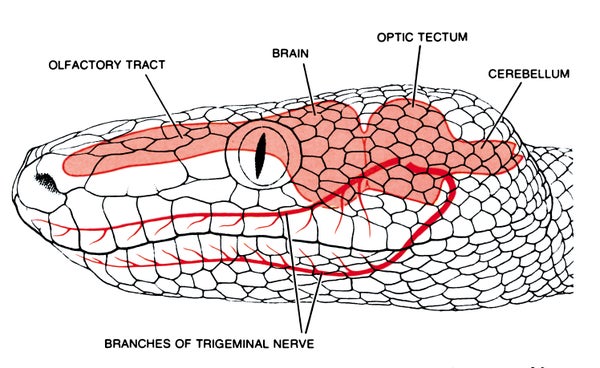1973
Computer Privacy
“There is growing concern that computers constitute a dangerous threat to privacy. Since many computers contain personal data and are accessible from distant terminals, they are viewed as an unexcelled means of assembling large amounts of information about an individual or a group. It may soon be feasible to compile dossiers on an entire citizenry. However, a computer system can be adapted to guard its contents. Cryptographic encipherment can be achieved in two different ways: by ciphers or by codes. A cipher always assigns substitute symbols to some given set of alphabet letters. A code can convey only meanings thought of in advance and provided for in a secret list such as a code book. Other cryptographic approaches are still being studied.”
1923
King Tut's Bountiful Tomb
“Biban el-Muluk, the valley of the kings' tombs, is a wild, desolate region behind the western plain of Thebes. Some 60 tombs in the valley were already known. On November 5, 1922, Howard Carter came upon a step cut in the rock under the path leading to the tomb of Ramses VI. The steps and passages of the L-shaped approach were cleared, leading to Tutenkhamon's tomb. The ante-chamber is the source of practically all the treasures removed this year. When we think of how much still lies within the tomb, it means work for two years or more if they are to be properly conserved, recorded and evaluated.”
Classy Vitamins
“The discovery of vitamins was made by [Frederick Gowland] Hopkins only as recently as 1912. The indispensability of these substances is now generally accepted. Three substances of the so-called vitamin class called A, B and C have been differentiated with certainty, and it is possible that more exist. They do not appear to be of one chemical type, and are effective in very small amounts. The green tissues of plants would seem to be the chief site of vitamin synthesis.”
Call It Insulin
“A product by the name of insulin has been prepared by Canadian biologists in Toronto, which is claimed to be a specific [remedy] against diabetes. The preparation is made from the pancreas of cattle, sheep and swine.”
1873
Polaris Lost, Survivors Found
“Telegraphic despatches bring the news of the probable loss of the United States exploring steamer Polaris and the end of the Arctic expedition. On the 15th of October, 1872, a party of the crew, some nineteen souls, left the ship to place some provisions on an ice floe. A severe storm came on, causing the Polaris to part her moorings; the comrades on the ice, to their dismay, saw their vessel disappear. The tide and wind, it seems, fortunately drove the great floe, bearing the survivors, down through Baffin's Bay and Davis' straits until, on the 30th of April, they were rescued after 196 days on the ice, by the British steamer Tigress. The sufferings of the rescued party are described as terrible, but all were in comparatively good health.”
Tidal Power
“A trial recently took place of Edward W. Morton's machine, at the East River. The machine works by means of a ‘float’ which, as it rises and falls with the waves or the tide, propels the machinery to which it may be attached. At the trial it was geared to a saw, and worked with the full rapidity of a circular saw run by steam power, although, perhaps, not quite so uniformly.”
Music from Fire
“If into a glass tube two flames be introduced, at a distance of one third the length of the pipe, these flames will vibrate in unison. The phenomenon continues as long as the flames remain separate, but the sound ceases the moment they are brought in contact. If the position of the flames be varied, the sound decreases. M. Kastner has constructed a new musical instrument of a very peculiar timbre, closely resembling that of the human voice. The ‘pyrophone’ has three key boards; each key is in communication with the conduit pipes of the flames in the glass tubes. By pressing upon the keys, the flames separate and sound is produced. When the pressure is removed, it is instantly stilled by the junction of the flames.”

